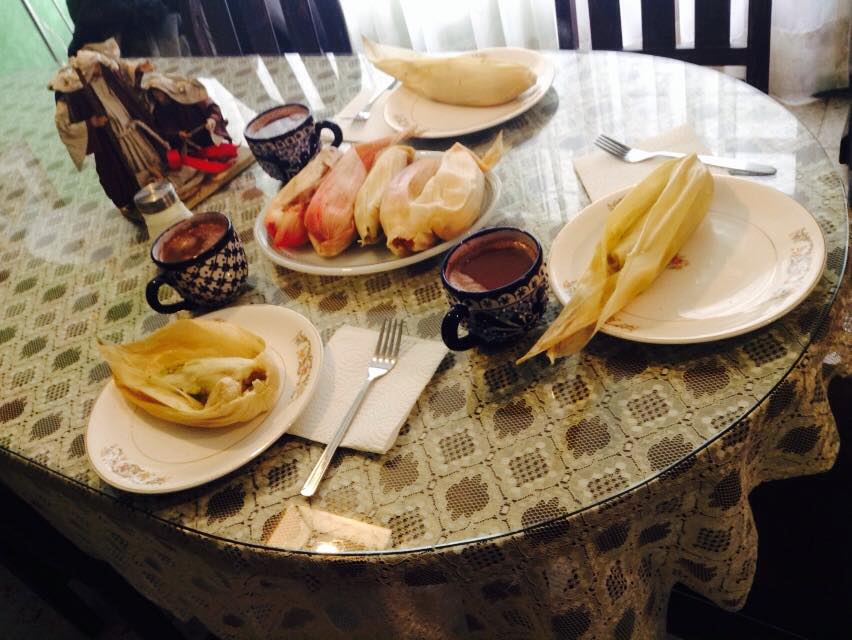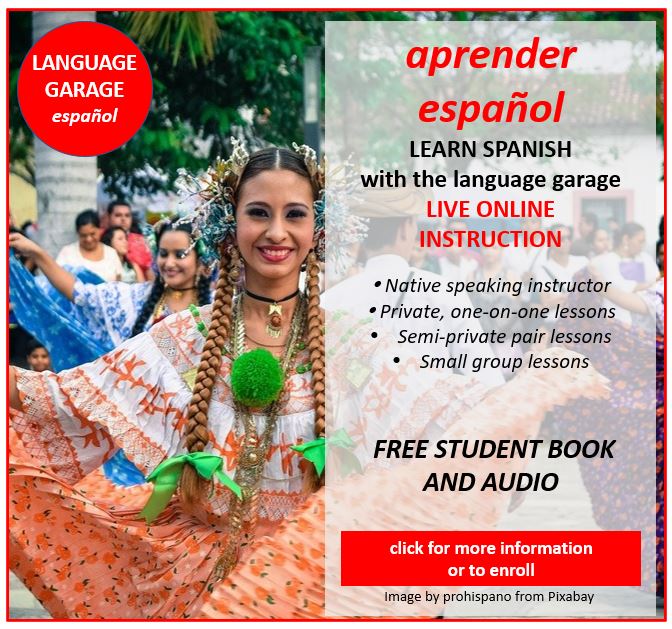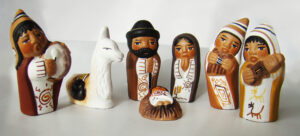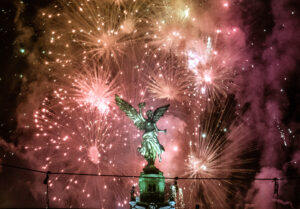Mexico’s Día de la Candelaria: A Rich Celebration of Tradition in Mexico
Día de la Candelaria, or Candlemas, falls on February 2nd in Mexico. It is a vibrant holiday that blends religious, historical, and cultural traditions. This unique day marks the end of the Christmas season and honors the presentation of the Christ Child in the temple, as described in the Bible. The celebrations bring together family, friends, and communities in an atmosphere filled with faith, food, and festive customs.
Historical and Religious Context of Día de la Candelaria
Día de la Candelaria, or Candlemas, has its roots in both Christian and pre-Hispanic traditions. The holiday commemorates the day the Virgin Mary presented Jesus at the temple, fulfilling Jewish law. It also has associations with the purification of Mary after childbirth. The name Candelaria derives from the word candela, meaning candle. For Catholics, this symbolizes the light of Christ and the purification of the soul.
In pre-Hispanic times, indigenous peoples in what is now Mexico celebrated the beginning of the agricultural cycle in February. They offered maize, tamales, and other foods to their gods to ensure a good harvest. With the arrival of Spanish colonizers and the introduction of Catholicism, these traditions merged into the modern Día de la Candelaria.
Family and Religious Celebrations of Día de la Candelaria
The religious centerpiece of Día de la Candelaria is the presentation of the Niño Dios (Baby Jesus) figurine at church. Families who hosted a Rosca de Reyes (Three Kings’ Bread) party on Epiphany, or El Día de los Reyes Magos (Three Kings’ Day), on January 6th bring their figurine, often elaborately dressed, to be blessed. The person who found the muñeco (a small figurine of Baby Jesus) in their slice of the Rosca typically organizes this part of the celebration.
After the church blessing, families gather for meals featuring traditional foods. Central to the celebration are tamales, a dish made of masa (corn meal) filled with meats, cheeses, or other ingredients, wrapped in corn husks, and steamed. These are often accompanied by atole, a warm, thick drink made from corn masa, flavored with vanilla or chocolate.
Public Festivities of Candlemas
In many towns and cities, Día de la Candelaria is marked by public processions, dances, and festivals. Communities may hold paseos (parades) where the Niño Dios is carried through the streets, often with music and prayers. These events highlight the deep sense of community and faith that defines the holiday.
In regions such as Tlacotalpan, Veracruz, the celebrations are particularly elaborate, blending religious rituals with secular festivities. Here, the holiday also honors La Virgen de la Candelaria, the town’s patron saint. Activities include boat processions, bull runs, and traditional dances, creating a carnival-like atmosphere.
Cultural Significance and Secular Observances of Día de la Candelaria
While Día de la Candelaria is primarily a religious holiday, its communal and festive aspects invite secular participation. Preparing tamales is often a collaborative effort, bringing families and neighbors together in a cherished tradition. For many, it’s less about the religious significance and more about enjoying good food and quality time with loved ones.
Día de la Candelaria is a vivid example of Mexico’s ability to blend ancient traditions with Christian beliefs. From the spiritual rituals to the delicious tamales and joyous gatherings, the holiday encapsulates the richness of Mexican culture and the enduring importance of family and community. ¡Feliz Día de la Candelaria!
Get on the road to speaking Spanish with the Language Garage!
We hope you’ve enjoyed learning a little bit about Día de la Candelaria, or Candlemas. If you’re interested in learning more, check out our other posts on Spanish language, culture, and more. If you’re looking for convenient and affordable live Spanish lessons with a real teacher, visit The Language Garage. Our lessons are affordable and fun, and they’re given online in a virtual classroom, so it doesn’t matter where you live or work – we can come to you. We have flexible options, with a free trial so that you can decide if there’s a fit. Check us out!
Image source Wikimedia Commons






